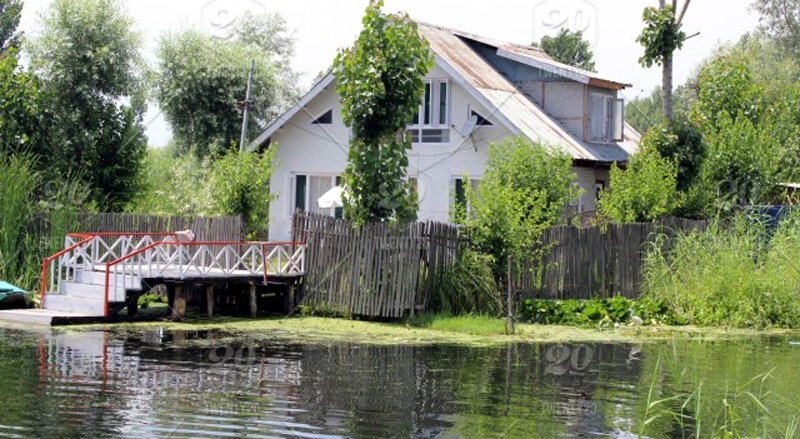Terms ‘Dole Demb’ project tardy with minor progress
Irfan Tramboo
SRINAGAR, Sept 2: The Srinagar Master Plan-2035 has identified a varied number of issues that are responsible for the degradation of the world-famous Dal lake while pitching for revisiting the settlement plan for the Dal dwellers.
The plan has suggested several measures that need to be taken for the conservation of the water body which it said may be permanently lost if timely measures are not taken.
The plan at the same time has termed the implementation of the alignment of houseboats along the Dole Demb as “tardy” with “insignificant progress” while impressing on the scientific assessment before its implementation.
The document underlines that the lake dwellers have historically been part of the lake ecosystems and the lake is also home to a variety of unique animal and plant organisms.
“The settlement plan for the rehabilitation of Dal dwellers needs to be revisited to the extent to uphold this symbiotic relationship and the Vision Document under preparation by IIT Roorkee shall provide the basic platform for the same defining the carrying capacity of the lake in more concrete terms,” the plan underlined.
The plan has listed several issues including rampant construction of houses within the lake, shrinkage in the area due to the development of hamlets and conversion of water body into floating gardens within the lake; sewage, solid waste, agriculture run-off with harmful pesticides that the Dal is facing as major concerns.
It has also listed reduction in freshwater inflow, excessive weed growth and eutrophication, depletion of the lake bed and choking of springs within the lake and ecologically unsound irrigation practices as the major issues along with the resettlement of Dal dwellers, large-scale destruction of forests and erosion in the catchment area.
The plan has also made mention of the causes of Dal lake degradation as per DPR of AHEC? IIT Roorkee. As per that, the Dal lake boundary is not properly defined along the western periphery which is leading to the degradation along with the encroachment due to unplanned urbanization and tourist activities; increased pollution because of the increasing number of lake dwellers and floating gardens.
IIT Roorkee has also identified, which the plan has made mention of, the entry of untreated sewage and solid waste from the peripheral areas and the hamlets and houseboats and agricultural return flow from catchment into the lake as the causes behind Dal degradation.
The plan stated “it is felt that the lake may be permanently lost if the measures are not taken to firmly define the boundaries followed by types of actions-treatment within and outside the lake-to protect the Dal lake from being depleted”.
In its recommendations, the plan mentioned that there is a need to demarcate the lake margin, especially along its western side by way of some physical delineation as shown in the Master Plan, ensuring that both encroachment and entry of pollutants into the lake are completely restricted.
The plan has also impressed on ensuring an uninterrupted flow of water towards Nallah Amir Khan, maintaining gauges for maintaining water level of at least [11 feet] from the bed level along with strong flushing and recirculation of water done periodically.
“The implementation of the alignment of houseboats along the Dole Demb has been tardy with insignificant progress. However, its effect on the lake ecology and impact of winds on the realigned houseboats at Dole Demb needs to be scientifically assessed before its implementation,” the plan said.
It has also been recommended that the State Pollution Control Board shall regularly check the water quality of both Dal and Nigeen lakes and the quality norms prescribed shall be the guiding principles of lake conservation.
“Revival of defunct springs by the removal of sediments and garbage and encouraging freshwater supply through inlets for maintaining the health of the lake,” the plan suggested.
About the floating gardens, the plan stated that they are a unique feature of the Dal lake but their proliferation in the water expanse is also a potential threat to the Lake ecosystem.
“These along with other encroachments need to be monitored using the real-time data and detection software on periodical basis minimizing the human element in monitoring.”


